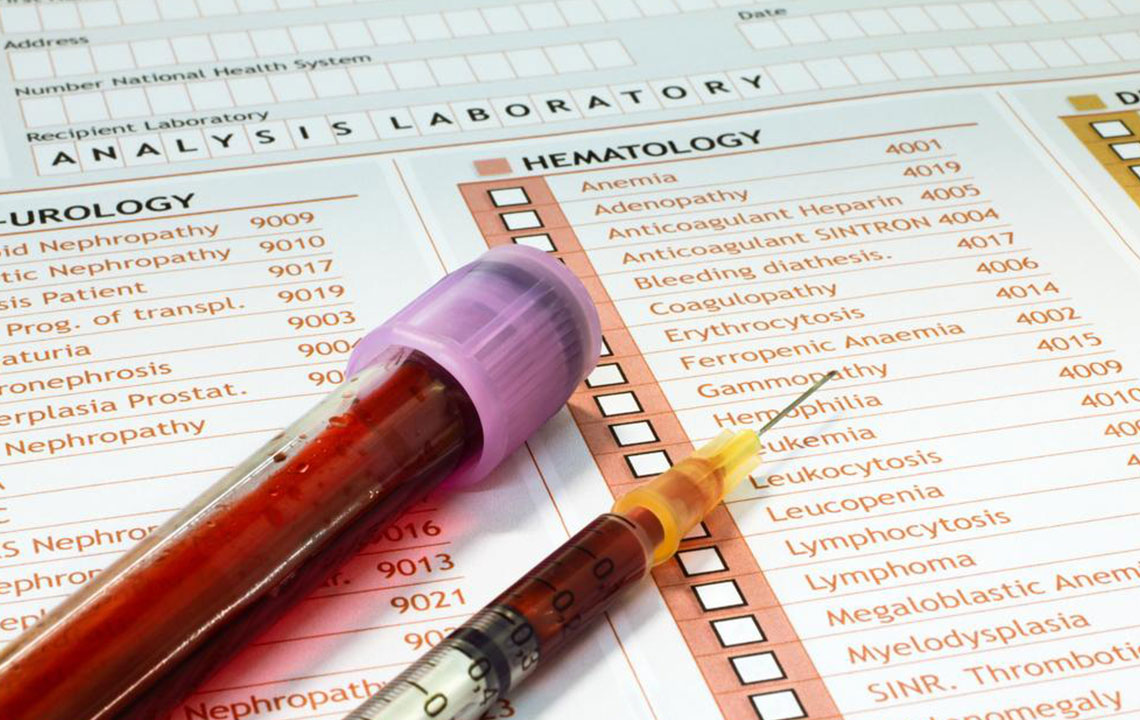Comprehensive Guide to Male Enhancement Procedures: When and How to Consider Surgical Options
This comprehensive guide explores male enhancement procedures, focusing on when to consider surgery for cosmetic and medical reasons. It covers types of surgeries, risks, benefits, and essential considerations, helping men make informed choices about their sexual health and appearance. Professional consultation, understanding risk factors, and setting realistic expectations are emphasized throughout to promote safe and effective decisions.

In-depth Insights on When to Opt for Male Enhancement Surgeries
Male enhancement procedures have gained significant popularity in recent years, driven by both cosmetic desires and medical needs. These procedures encompass a range of surgical options designed to enhance penis size, improve appearance, or address specific health issues affecting sexual performance. While many men pursue these surgeries for aesthetic reasons, it is critical to understand the medical indications, potential benefits, risks, and the appropriate timing for considering such interventions.
Why Men Consider Male Enhancement Surgery
Cosmetic enhancement is a primary motivator for many men seeking surgical procedures aimed at increasing penis girth or length. Such surgeries are legally available and performed by qualified professionals. If you have the financial means and a desire to enhance your physical appearance, consulting a licensed specialist can help you understand what results are achievable.
Medically, a penis is often regarded as small if it measures less than 3 inches when erect, which can sometimes affect confidence and sexual satisfaction. If size concerns are impacting your intimate life, discussing surgical options with a healthcare professional can provide clarity on safe and effective solutions.
It's important to recognize that certain sexual performance issues may not be resolved through surgery alone. Factors such as weight management, cardiovascular health, and psychological well-being also play a vital role. A comprehensive evaluation by a healthcare provider can recommend safer, non-surgical measures to improve overall sexual health.
There are various male enhancement surgical options, each with distinct techniques, risks, costs, and recovery periods. For example, fat transfer procedures involve harvesting fat from another part of the body and injecting it around the penis to increase girth. This minimally invasive method typically requires only a day or two of recovery.
Other procedures, like ligament release, involve surgically releasing the suspensory ligaments that restrict penile length. Post-surgical attachments, such as weights or stretching devices, may be used to optimize results. Tissue-based girth enhancement surgeries, which involve increasing tissue volume, are generally considered safe when performed by experienced surgeons, though they also involve certain risks.
Despite their popularity, these surgeries come with potential complications. Fat reabsorption can lead to irregularities or asymmetry, and there's also a risk of infection or adverse reactions. Therefore, thorough consultation with a qualified healthcare provider is crucial to weigh potential benefits against risks and to set realistic expectations.
Understanding the intricacies of male enhancement procedures enables men to make informed decisions suited to their personal needs and health conditions. Consulting with a licensed specialist ensures that procedures are performed safely, with proper follow-up care. Ultimately, whether for cosmetic enhancement or medical necessity, choosing the right approach involves careful consideration of individual circumstances, health status, and desired outcomes.





